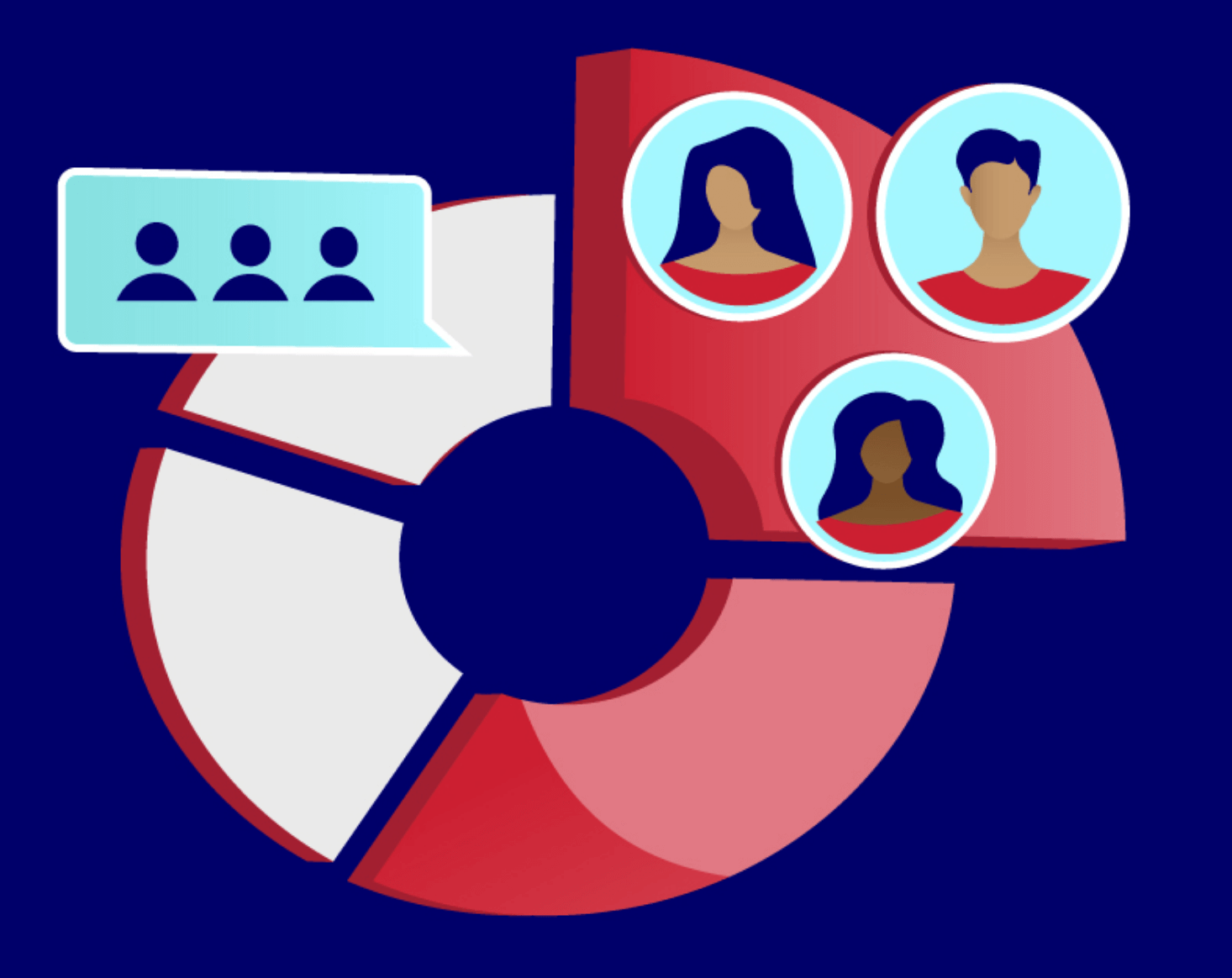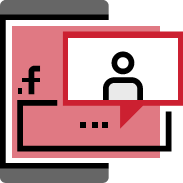
Understanding Audience Segmentation

“The key to successful marketing today is not in reaching more people but in reaching the right people with the right message.” – Brian Solis
In today’s world, knowing basic demographics about your target audience is no longer enough to achieve success in business. Customers not only prefer a personalized experience, but they also expect it. Businesses that invest in audience segmentation are able to create highly targeted content and brand experiences that cut through the noise and truly resonate with customers. Audience segmentation allows you to take advantage of the full potential of your marketing efforts by delivering personalized experiences that leave a lasting impression on your customers – turning them into loyal brand advocates.
What is audience segmentation?
Audience segmentation, sometimes called customer segmentation, is the tagging and grouping of customers with shared characteristics like age, industry, gender, etc. Identifying and analyzing different audience segments allows businesses to tailor their products, services, and content to meet each audience’s needs using a value-first approach. Over time this leads to more effective marketing campaigns focused on customer loyalty and improved long-term profitability.

Audience Segmentation vs Buyer Personas
Audience segments and buyer personas are complementary marketing tools used to gain in-depth and accurate customer targeting. Buyer personas are fictional characters that mirror shared data and can include information such as names, hobbies, interests, motivations, beliefs, and more. Audience segments are groups derived from a large body of data and organized into smaller subsets of personas that share specific criteria. Together audience segments and buyer personas are powerful marketing tools you can use to develop targeted marketing, improve product development, and enhance customer experience.
Practical Application
To illustrate the power of audience segmentation, let’s consider a hypothetical scenario. Imagine your company targets Gen Z. Within this broad category, there are several segments such as different genders, location, socioeconomic status, and lifestyle. By executing audience segmentation, you can gain a more nuanced understanding of each group’s unique needs, challenges, and preferences.
For instance, Gen Z audiences may be more receptive to innovative technologies and social media marketing, while other age groups may prefer traditional modes of communication channels. By crafting separate marketing strategies for these segments, you can effectively engage each group and deliver tailored messages that resonate with their specific interests and preferences. Doing this will increase the likelihood of capturing the attention of your target audience and ultimately converting them into loyal customers.
Understanding Audience Segmentation
There are several ways to execute audience segmentation to meet your business’s needs. Some of the most used audience segments include:

Geographic Segmentation
Geographic segmentation divides the audience based on where they live. This can include factors like country, region, city, climate, population density, or rural versus urban areas. For example, a company that sells snowblowers might target people who live in cold climates.

Psychographic Segmentation
Psychographic segmentation categorizes the audience based on their lifestyles, attitudes, values, interests, opinions, personality traits, and behavior patterns. This type of segmentation delves into the psychological aspects of the audience. For example, a company that sells luxury cars might target people who have a desire for status.

Behavioral Segmentation
Behavioral segmentation is based on consumer behavior and involves dividing the audience according to their purchasing patterns, usage behavior, brand loyalty, occasion-based buying, benefits sought, or response to marketing stimuli. For example, a company that sells diapers might target parents of young children.

Socioeconomic Segmentation
Socioeconomic segmentation involves segmenting the audience based on their socioeconomic status, including factors such as income, occupation, education, and social class. For example, a company that sells luxury goods might target people who have a high income.

Technographic Segmentation
Technographic segmentation is specifically relevant in the digital space and focuses on the audience’s technology usage, preferences, and adoption, such as device types, internet usage patterns, social media presence, or technological interests. For example, a company that sells software might target people who use a particular type of computer.

Firmographic Segmentation
Primarily used in business-to-business (B2B) marketing, firmographic segmentation divides the audience based on company-specific characteristics such as industry, company size, revenue, location, or customer base. For example, a company that sells marketing software might target businesses with a certain number of employees.

Generational Segmentation
Generational segmentation divides the audience based on generational cohorts such as baby boomers, Generation X, millennials, or Generation Z. Each generation has unique characteristics and behaviors that can influence marketing strategies. For example, a company that sells clothing might target millennials with a different marketing campaign than they would use to target baby boomers.
The Benefits of Audience Segmentation
Taking the time to invest in aggregating and analyzing your customer data will help you paint a more accurate picture of who’s buying your product and who might be interested in buying it down the road. Doing this also allows you to produce content that draws people in. Other benefits of segmenting your audiences include increased engagement, improved efficiency, better decision-making, and increased customer loyalty.
Conclusion
Today, one size rarely fits all. That is why it is important to segment your customers into groups to ensure you are aware of the unique traits and characteristics that make them responsive. Taking the time to conduct thorough market research, analyze customer data, and utilize advanced analytics tools, will help your business unlock the full potential of your marketing campaigns, drive meaningful connections with customers, and achieve long-term success in your industry. At M_LAB, we understand that people are different. Our audience customization services are designed to get to the heart of your target audience as individuals. Contact us today to learn more about how we can use audience segmentation to help your business thrive.